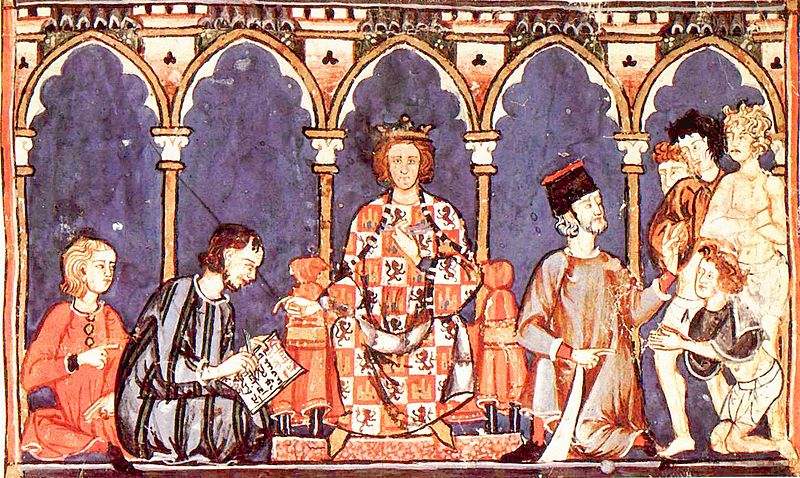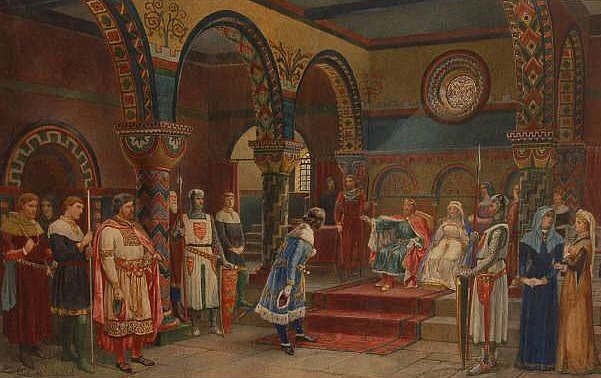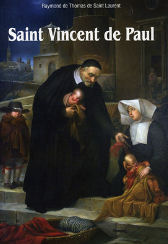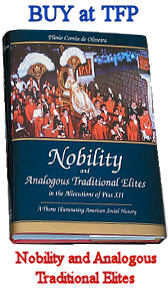At times, unwritten custom was not sufficient; law was needed to take care of more complex situations. All law requires a legislator, an enforcing authority, and recognition by the governed. In this case, the people still made the customs, but custom became law when the ruler fulfilled his role of “finding” rather than making law. His was the task of inquiring, articulating, and uncovering what “the law had been discovered to mean.” (1)
To medieval man, law was found among the many places where God had planted it—in public opinion, the common conscience, the testimony of custom, the ancient charters, and the legal sense of the people. It was all part of the same unchangeable law, yet it manifested itself in many different ways as all fought to “preserve the law proper to their order, their town or their house.” (2)
That is not to say that this “unchangeable” law was stagnant. When new situations and facts called for innovation, the law was adjusted, but this was not done through upheaval and novelty. Rather, without contradiction, the one true law was constantly being “rediscovered,” clarified, and purified against injustice, obscurity, misunderstanding, and forgetfulness. In its unity, medieval law progressed by neither revolution nor evolution, but by constant regeneration.
(1) Frederick B. Artz, The Mind of the Middle Ages, A.D. 200-1500: An Historical Survey (Chicago: University of Chicago Press, 1980), 278.
(2) Friedrich Heer, The Medieval World, Europe 1100-1350, trans. Janet Sondheimer (New York: Praeger Publishers, 1969), 12.
John Horvat II, Return to Order: From a Frenzied Economy to an Organic Christian Society—Where We’ve Been, How We Got Here, and Where We Need to Go (York, Penn.: York Press, 2013), 232.





















